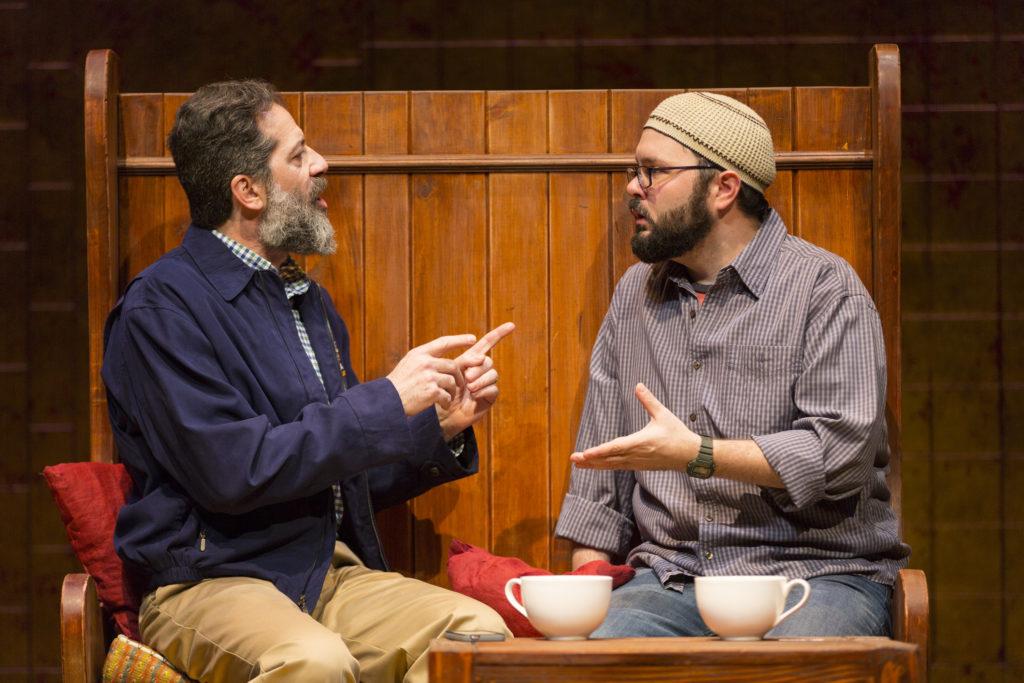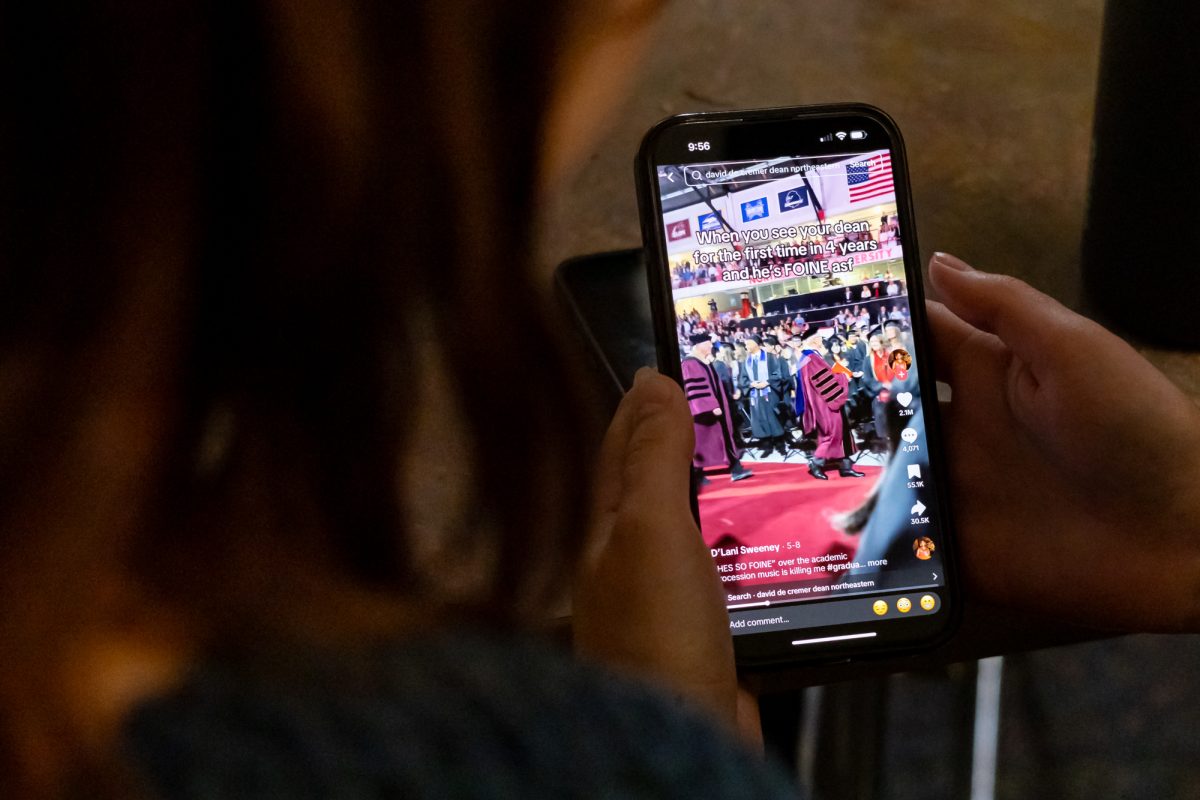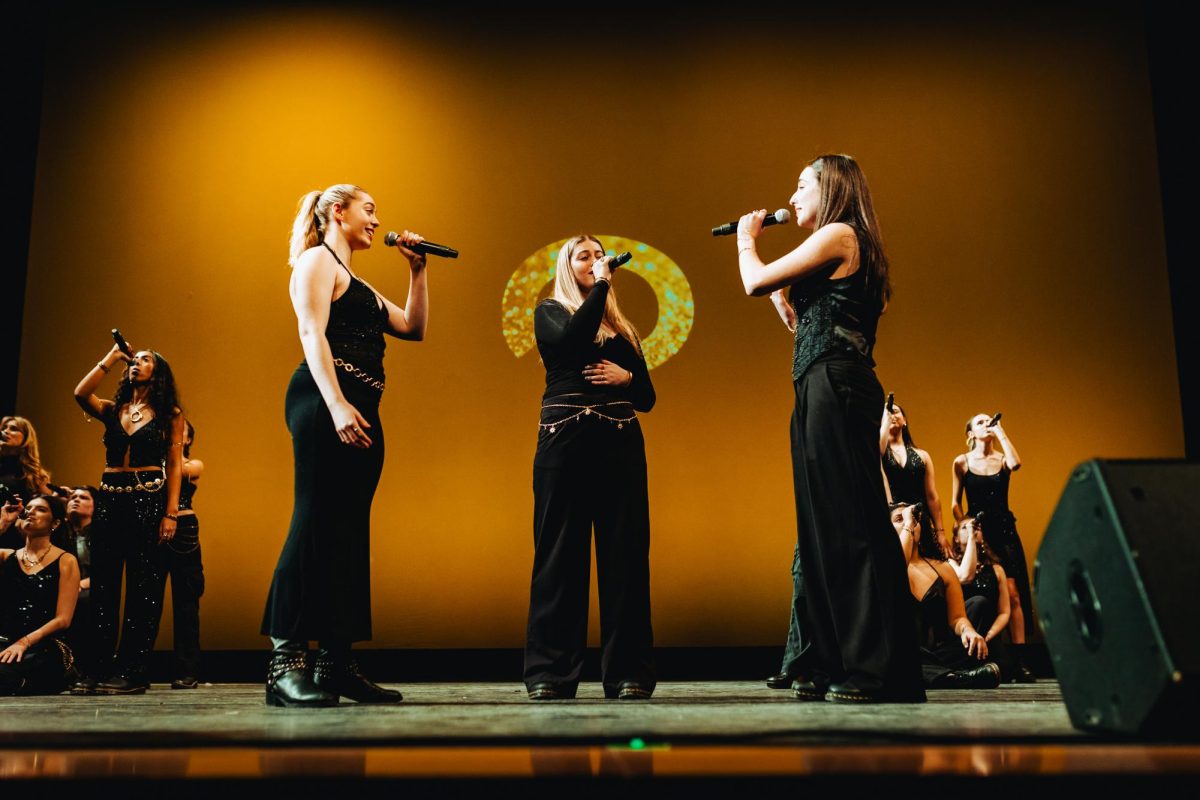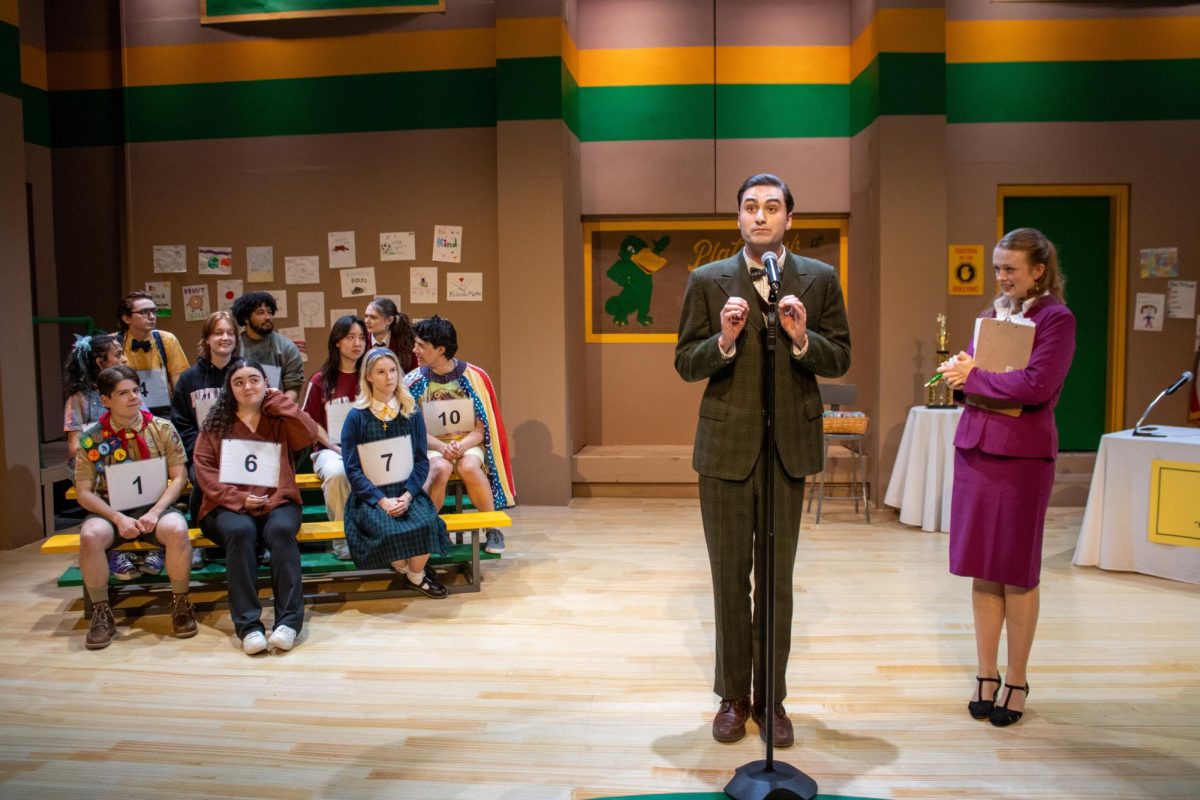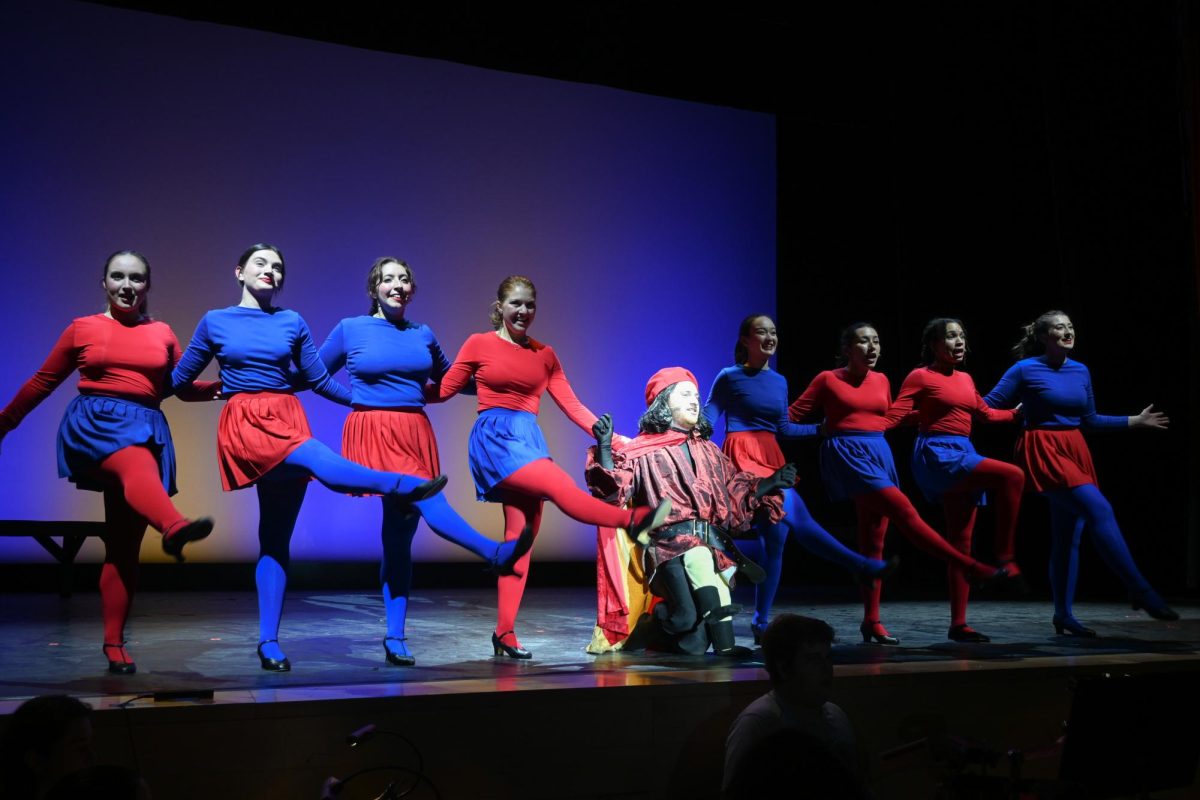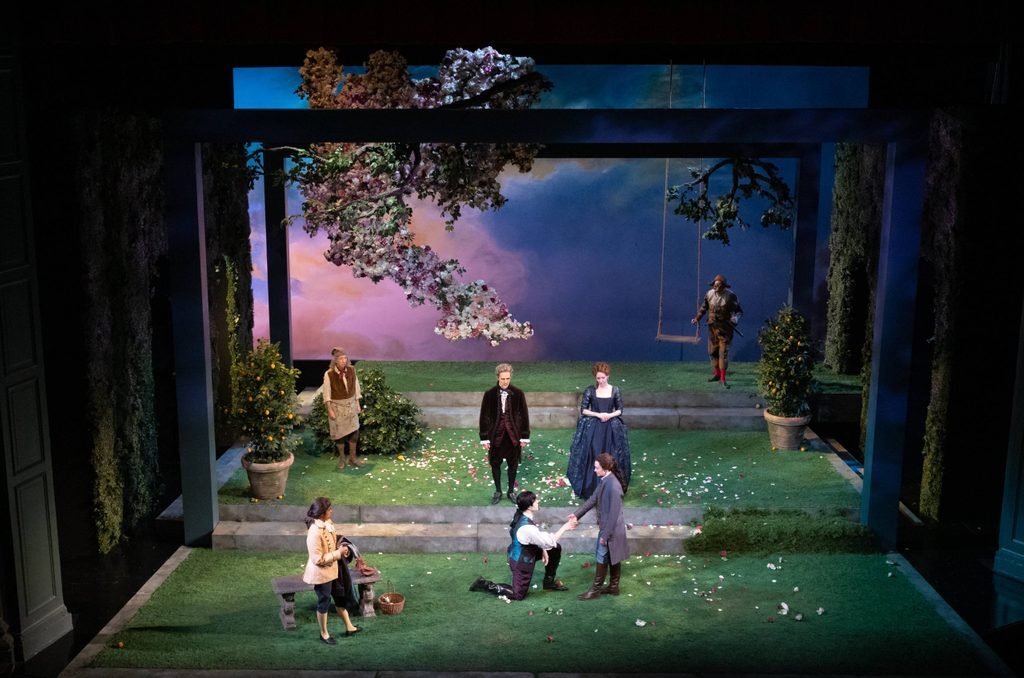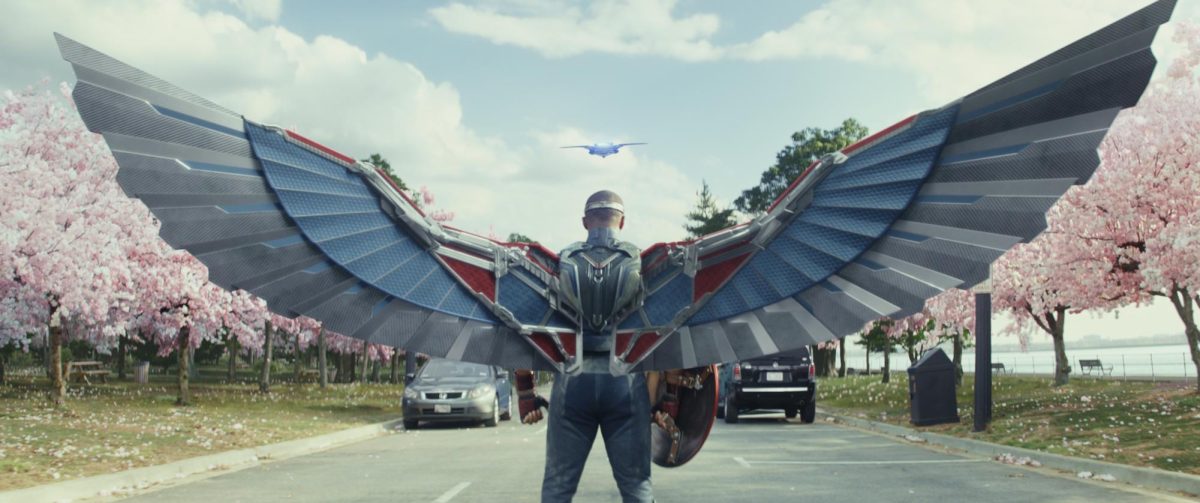By Juan A. Ramirez, A&E columnist
It seems easy, if not outright advisable, to grow somewhat wary of the incredible set designs that accompany productions by the Huntington Theatre Company. As is the case with their latest – Ayad Akhtar’s “The Who & The What,” which opened Wednesday, April 5 – little of what goes on once the house lights dim compares to the excitement generated by getting a look at the stage.
This is not to say the production is dead on arrival, but here, only the scenic design achieves the runaway success they so often achieve. It’s a shame, especially as the follow-up to the playwright’s Pulitzer Prize-winning “Disgraced,” which the company mounted last season. Unlike that powder keg of a production, this look at the familial troubles of an Islamic writer feels more like a film adaptation gone stale, seldom matching the immediacy and importance of its ideas.
Cristina Todesco’s stunning set suggests a divine, unattainable prison – the kind in which a young woman testing the limits of her faith through contentious probing might find herself. Shielded in gold tile from floor to ceiling, the walls of the stage never directly involve the actors, instead presiding over the lives of the characters like the religion which has so shaped their lives and relationships. Within this ethereal mosque are the conventionally upper-middle-class American environs – wood-paneled kitchens, quaint cafes and bars, park benches – through which Zarina (Aila Peck) and her Pakistani family move.
Out of grad school and still stinging from her conservative father, Afzal’s (Rom Barkhordar), role in ruining her relationship with a nice WASP, Zarina is stuck. She is stuck in a state of writer’s block, stuck between her liberal inclinations and religious background and stuck in a state of isolation, looking on as her younger sister, Mahwish (Turna Mete), tends to her wobbly relationship and her overprotective father Afzal sifts through old photographs of her departed mother.
Tired of her family’s insistence that she start dating again, she agrees to meet Eli (Joseph Marrella), a convert and local imam who Afzal has pre-approved. Idealistic and impassioned in his piety, Eli breathes fresh air into her stagnation, prompting her to resume work on an incisive book that questions the role of women, the veil and the Prophet Muhammad – whom she sees as a flawed, if well-intentioned, human – in the founding of Islam. As her relationship progresses with Eli, who encourages her writing, she hides the nature of her work from her family, who she knows would condemn her work.
Thematically, it’s a timely and charged work, though, sadly, one that doesn’t make for very thrilling theatre. The show spends much of its first half in the same rut as Zarina’s, waiting too long to unleash the family’s inevitable confrontation. The play wastes no time letting us in on the tensions that run through every interaction, rendering the slice-of-life scenes that serve to enhance our understanding of the characters mostly ineffective.
Akhtar, a Pakistani-American playwright who has mastered the art of weaving sociopolitical currents into dramatic situations already engaging on their own. While that virtuosity is on full display in “Disgraced,” his one-act play about a Muslim lawyer struggling with identity and ambition, here it mostly falls flat. While that work featured real people in real situations, the characters in “The Who & The What” are obvious mouthpieces for Akhtar (as well as thankless roles for the capable actors portraying them), who could have relied upon archetypal shorthands to take care of the details and dove into the polemical issues at hand.
Clocking in just above the 90-minute mark, an intermission is an odd choice, especially for a play with such faint momentum that could benefit from being taken in all at once. A more seamless production might also help the play’s inherent lack of theatricality.
Centered around low-key conversations and big ideas, the work seems largely ill-suited for the raw immediacy of the theatre, and might’ve fared better as a film, benefitting from the subtlety and close-ups that medium can afford. On a stage, even a gloriously gilded one, this play’s action begs for a wide shot.


